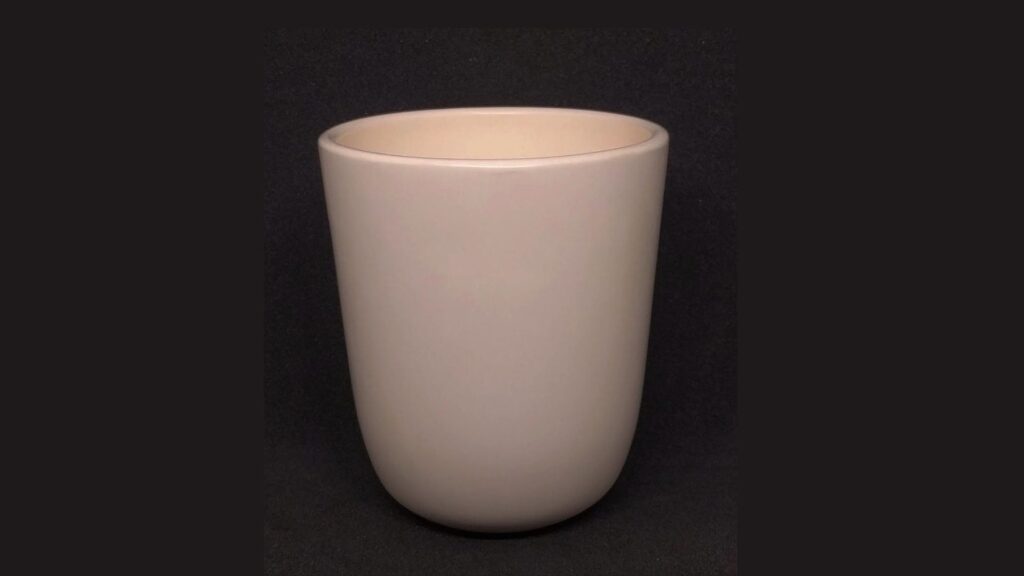High-temperature crucibles are essential tools in industries such as metallurgy, ceramics, and chemical research. Proper maintenance is critical to extending their lifespan and ensuring consistent performance. Poor care can lead to cracks, contamination, and inefficiency. To help you get the most out of your crucibles, we’ve compiled the top seven tips for maintaining high-temperature crucibles effectively.
1. Gradual Heating and Cooling
Why It’s Important
How to Implement
- Always preheat the crucible gradually before exposing it to high temperatures.
- When cooling, avoid placing the crucible on cold surfaces or exposing it to sudden temperature drops.
- Use a controlled heating source to increase and decrease the temperature at a steady rate.
2. Regular Cleaning After Use
Why It’s Important
Residues from previous uses can react with the crucible material, leading to contamination and reduced performance over time.
How to Implement
- Remove any residual material immediately after the crucible cools down to a safe temperature.
- Use a non-abrasive cleaning tool to prevent surface scratches.
- For stubborn residues, consider chemical cleaning agents compatible with the crucible material.
3. Avoid Overloading
Why It’s Important
Overloading a crucible can put undue stress on its structure, increasing the risk of cracking or failure during use.
How to Implement
- Stick to the recommended capacity limits specified by the manufacturer.
- Ensure the material inside the crucible has room to expand as it heats.
- Distribute the load evenly to prevent uneven stress.
4. Use Compatible Tools and Handling Equipment
Why It’s Important
Improper handling can cause physical damage, such as chips or scratches, which weaken the crucible’s integrity.
How to Implement
- Use tongs, clamps, or supports designed specifically for your crucible type.
- Avoid using sharp or metallic tools that might scratch the surface.
- Handle the crucible with care, especially when moving it while it’s hot.
5. Store in a Dry, Safe Environment
Why It’s Important
Moisture and environmental contaminants can compromise the structural integrity and performance of crucibles, particularly those made of materials like graphite.
How to Implement
- Store crucibles in a cool, dry place away from moisture or corrosive substances.
- Use protective covers or containers to shield them from dust and debris.
- For long-term storage, consider desiccants to keep the environment moisture-free.
6. Inspect Regularly for Wear and Damage
Why It’s Important
Even minor cracks, chips, or signs of wear can lead to failure during high-temperature applications.
How to Implement
- Perform a visual inspection before and after each use.
- Look for signs of surface degradation, discoloration, or structural damage.
- Replace the crucible immediately if any defects are detected to avoid accidents or inefficiencies.
7. Match the Crucible Material to the Application
Why It’s Important
Using the wrong crucible material for a specific application can accelerate wear and tear, or lead to contamination.
How to Implement
- Choose a crucible made of material suited to the temperature, chemical composition, and process involved. For example:
- Graphite: Ideal for high thermal conductivity applications.
- Alumina: Best for chemical resistance.
- Zirconia: Suitable for extreme thermal stability.
- Consult manufacturer guidelines or experts to ensure compatibility.
Bonus Tips for Extending Crucible Lifespan
- Avoid Overheating: Stay within the maximum temperature rating to prevent weakening or warping.
- Monitor for Contaminants: Ensure the materials processed in the crucible do not produce by-products that could corrode or damage it.
- Keep Records: Maintain a log of crucible usage to track wear patterns and predict replacement needs.
Conclusion
Proper maintenance of high-temperature crucibles is essential for their performance and longevity. By following these seven tips—gradual heating, regular cleaning, avoiding overloading, using compatible tools, storing safely, inspecting regularly, and matching materials to applications—you can optimize the functionality and lifespan of your crucibles. When working with advanced materials like those produced by a carbon fiber composite material manufacturer, it becomes even more critical to ensure proper handling and maintenance to meet the demands of high-performance applications.



